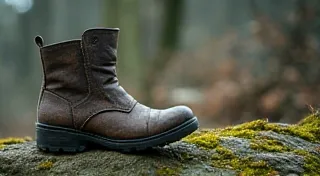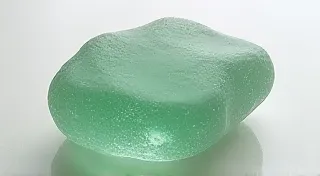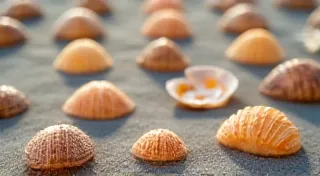Ephemeral Echoes of Empire: How Button Design Reflected Colonial Ambitions
The quiet glint of a vintage button can hold within it far more than just fastening power. For the avid collector, each piece is a miniature portal, a tangible link to a past brimming with stories. Beyond the simple act of closure, buttons, particularly those from the age of empire, whispered messages of prestige, cultural dominance, and colonial ambition. They weren't merely functional; they were carefully crafted symbols, tiny advertisements of power sewn onto uniforms, dresses, and coats across the globe. The collecting of vintage buttons, then, becomes an unexpected journey through history, a chance to hold in your hand the echoes of a bygone era.
My fascination began, as many do, quite by accident. While clearing out my grandmother's attic, I stumbled upon a dusty box filled with a jumble of relics. Amongst the faded photographs and moth-eaten fabrics lay a small, tarnished metal button depicting a regal lion. It wasn’t particularly valuable, but it possessed a certain gravitas, a silent authority that captivated me. I later learned it was likely from a uniform worn by a British colonial official in India – a revelation that sparked a lifelong passion for understanding the stories embedded in these seemingly insignificant objects.
The Language of Metal and Motif
During the 18th and 19th centuries, European colonial powers – Britain, France, Spain, Portugal, and others – expanded their influence across vast territories. The need to clearly identify and differentiate ranks and roles within colonial administrations and military forces led to increasingly elaborate button designs. These weren't merely for identification; they were carefully crafted statements. Materials alone conveyed status. Horn and bone were common for lower ranks, while brass, silver, and even gold were reserved for officers and those in positions of significant authority.
But it was the motifs themselves that truly communicated the underlying narratives of imperial power. Crowns, eagles (a recurring symbol of strength and dominion, borrowed from Roman iconography), and national flags were ubiquitous. These weren't simply patriotic emblems; they were visual declarations of superiority, asserting control and projecting an image of unyielding strength. Buttons depicting exotic flora and fauna, often found on uniforms worn by colonial explorers or naturalists, served a dual purpose: to showcase the perceived richness of the colonized lands and, implicitly, to demonstrate the conquering power's ability to catalog and control even nature itself. The depiction of indigenous peoples, while varying in accuracy and often reflecting biased perspectives, further reinforced a hierarchy of power, often portraying them in subservient roles.
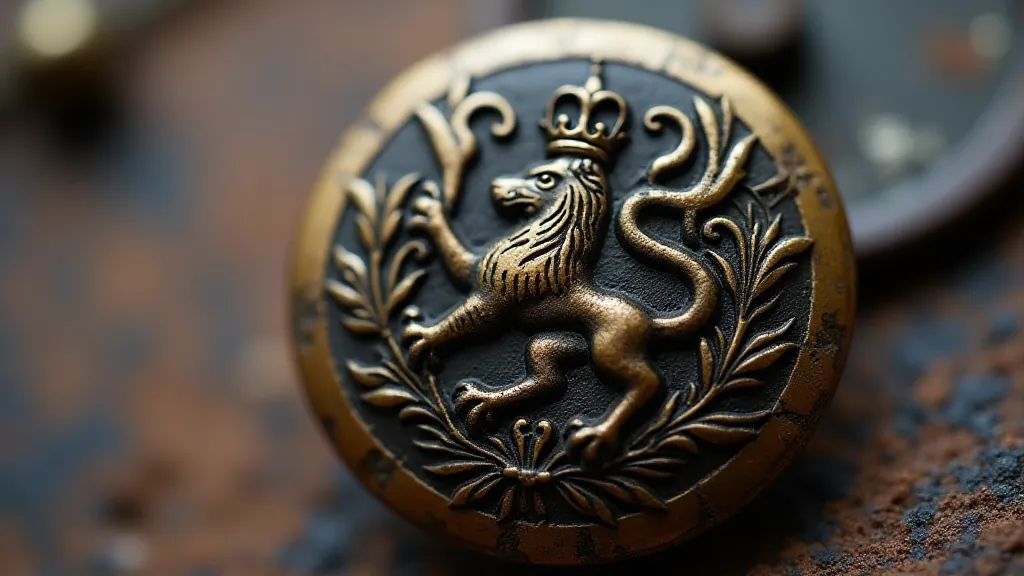
Beyond the Uniform: Civilian Buttons and Colonial Trade
The influence of colonial aesthetics wasn't limited to military uniforms. Civilian buttons, adorning everything from women's gowns to gentlemen’s frock coats, also absorbed the language of empire. Merchants involved in colonial trade often commissioned buttons featuring company crests or symbols of the goods they imported – spices, textiles, or precious metals. These buttons weren’t about military power, but about economic dominance, subtly linking the wearer to the vast wealth generated by colonial exploitation. Buttons featuring portraits of monarchs or influential figures were also popular, reinforcing a sense of authority and connection to the imperial core.
The manufacturing process itself reveals a fascinating story. While some buttons were produced in Europe, the demand spurred the development of button-making industries in colonial outposts. India, for example, became a significant producer of brass buttons, often mimicking European designs but incorporating local artistic traditions. These hybrid buttons – reflecting both the colonizer’s aesthetic and the colonized’s skills – offer a compelling visual representation of cultural exchange, albeit within an unequal power dynamic.
The Art of the Miniature: Craftsmanship and Materials
Examining vintage buttons under magnification reveals an astonishing level of craftsmanship. Early buttons were often hand-cut and engraved, a labor-intensive process that resulted in uniquely detailed pieces. The evolution of button-making technology – from hand-cut to die-stamped – is visible in the subtle variations in design and the increasing uniformity of production. However, even mass-produced buttons from the late 19th and early 20th centuries retain a charm and character that is absent in modern fasteners.
The materials used tell their own story. Glass buttons, often iridescent and beautifully colored, were prized for their elegance. Pearly buttons, made from oyster shells, were associated with luxury and refinement. Metal buttons – brass, bronze, silver, and gold – were chosen not only for their durability but also for their ability to be engraved and decorated. The patina on antique metal buttons, the subtle discoloration caused by oxidation, is not a flaw but a testament to their age and history, adding to their character and value.
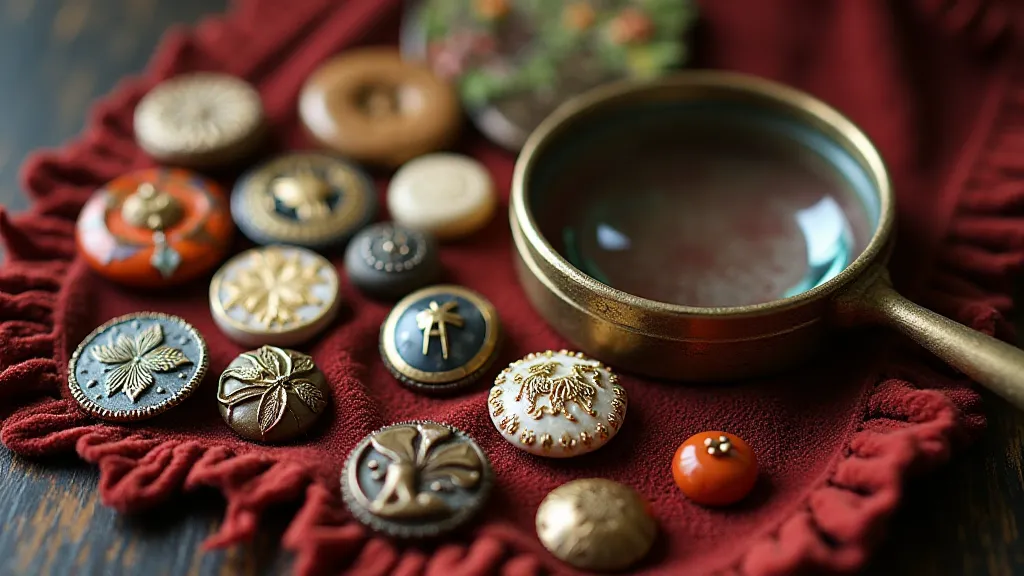
Preserving the Echoes: Collecting and Restoration
For the collector, the pursuit of vintage buttons is more than just a hobby; it's an act of preservation. By rescuing these tiny fragments of the past from obscurity, we ensure that their stories continue to be told. However, careful handling is crucial. Dirt and grime can obscure the delicate details of a button's design, while harsh cleaning agents can damage the surface. Gentle cleaning with a soft cloth and mild soap is usually sufficient. Restoration should be approached with caution, as any attempt to alter the original patina or design can significantly diminish a button's historical value. Instead, preservation – stabilizing the existing condition – is generally the best approach. Researching the button's provenance – its origin and history – can greatly enhance its significance and value.
The collecting of vintage buttons connected to colonial history provides a unique opportunity to engage with a complex and often uncomfortable chapter in human history. These objects aren’t merely decorative; they are tangible reminders of the power dynamics that shaped our world. Holding a button that once adorned a colonial official's uniform, or a merchant's coat, compels us to confront the legacies of empire – the triumphs, the injustices, and the enduring impact on communities across the globe.
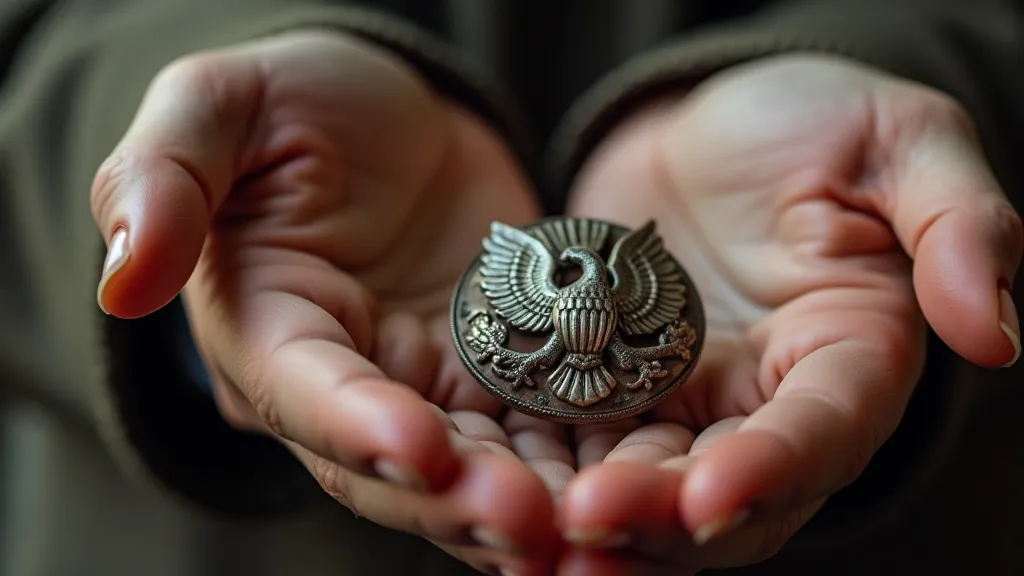
The subtle glint of a vintage button, then, transcends the functional. It whispers of empires, of trade, of craftsmanship, and of the enduring power of objects to connect us to the past. It is a tangible invitation to explore a rich and multifaceted history, one tiny button at a time.
